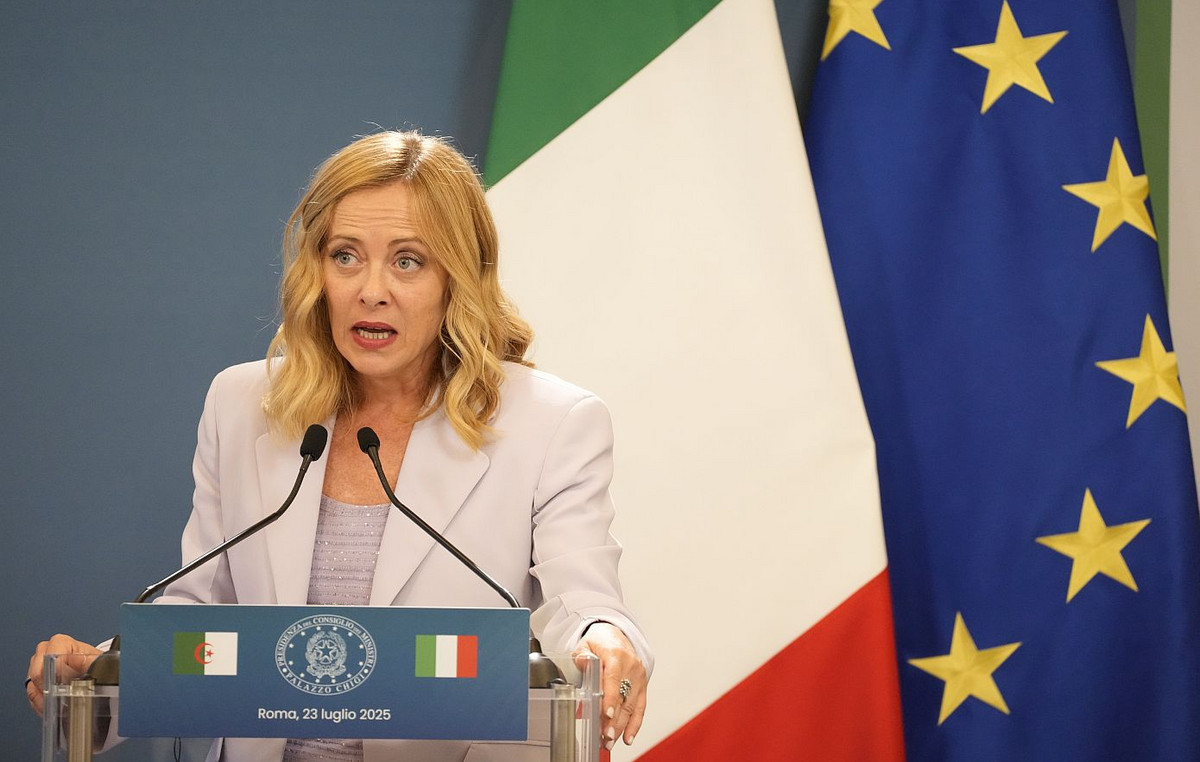By Dimitris Katsaganis
More than 248,000 new debtors were added to the registers of the Insurance Debt Collection Center (KEAO) after the outbreak of the pandemic. In fact, proportionally, the largest increase occurred in the self-employed, ie mainly in the self-employed.
Specifically, from the 1,419,953 debtors in December 2019, they exceeded 1,668,859 million in September 2021. This is an increase of 14.8%.
It is noted that these crowds concern only those who have a debtor registry in EFKA and not a debtor registry in the former OAEE, the former OGA, the former EBRD, etc.
At the same time, the debts of the debtors of EFKA, which have been transferred to KEAO, increased between December 2019 – September 2021 by 257 million euros, as from 15.171 billion euros amounted to 15.428 billion euros.
Regarding the “composition” of the new debtors of EFKA, the self-employed have a sad lead, namely, from about 600,466 in December 2019, they exceeded 765,470 in September 2021. In other words, they increased by 165,004 or 21.5 %.
Employers with debts to EFKA amounted to 903,389 in September 2021 compared to 819,487 in December 2019. This means that they increased by 83,902 or 9.2% over a period of 21 months.
ofeiletes_efka
Infogram
The settings
It is planned to settle 72 installments for debts of affected and closed companies that were born between March 2020 and July 2021.
This adjustment can be made either in up to 36 interest-free equal monthly installments or in 37 to 72 interest-free installments. The interest will amount to 2.5%. Regardless of the date of entry into the regulation, the 1st installment must be paid by January 31, 2022.
According to the amendment that the Ministry of Labor brought to the Parliament last week:
– The deadline for payment of debts from insurance contributions of employers, self-employed and self-employed, which was extended until 30 April 2021 as part of measures to address the negative consequences of the appearance of coronavirus COVID-19, is extended again until 31 December 20.
– The above insurance debts, after the expiration of the payment deadline, may be subject to a partial payment arrangement of up to 72 monthly installments.
At the request of the debtor, the 72 installments may include, at the request of the debtor, debts for insurance contributions for periods of employment from February 2020 to June 2021, due from 1 March 2020 to 31 July 2021, which are not regulated, in the case of employers or self-employed and self-employed persons affected by the measures to deal with the COVID-19 pandemic and have a main KAD of activity defined by a decision of the Minister of Finance.
Exceptionally, in the case of employers, self-employed and self-employed persons, who have been temporarily banned from operating at any time between 27 October 2020 and 31 July 2021, insurance debts may be included in the arrangement, at the option of the debtor. contributions for periods of employment from February 2020 to June 2021, claimants from 1 March 2020 to 31 July 2021, who have been or will be subject to a regulatory regime.
120 doses
The deadline for the self-employed debtors of e-EFKA insurance contributions has been extended until December 31, 2021, in order to join the second stage of regulation of up to 120 installments. The basic condition is that they have submitted an application for determination of their debts by October 7, 2019 and that this determination has not been made until now. At any time, if the debts are determined within the next quarter, the debtor can submit (within the same, fourth quarter) an application for the 120 installments. It is reminded that any professional who wishes, can submit an application for recalculation of his debts, according to the Katrougalos law, for the period 2002-2016, leading his main debt to a significant “haircut”.
It is also noted that with a provision that has been voted, in case a debtor has chosen the recalculation – “haircut” of debts, but loses the regulation of 120 installments (eg because he did not pay the installments or current contributions, etc. etc.), his debt does not return to the pre-recalculation- “haircut” level but remains at the amount resulting after the recalculation and after deducting the amounts paid by the debtor, after its inclusion in the arrangement until the moment of its loss .
240 doses
The scope of application of the relevant provision for the preparation of bilateral contracts with the funds includes the debtors who submit an application to the procedure of the out-of-court debt settlement mechanism and it is ascertained by the electronic platform of the out-of-court mechanism that:
– They have debts to Social Security Institutions (and / or to the State) and do not have debts to financial institutions or have debts to Social Security Institutions (and / or the State) as well as to financial institutions, but it is not allowed to apply for subjecting their debts to a multilateral out-of-court settlement procedure because at least 90% of their total debts to the State, Social Security Institutions and financial institutions are due to a financial institution or the out-of-court settlement procedure of the applicants’ debts according to the provisions of law 4738/ 2020 ended as fruitless due to the untimely submission of a regulation proposal by the financial institutions and
– The total of their debts to the State or the Social Security Institutions, as the case may be, exceeds the amount of 10,000 euros per creditor. The application for out-of-court debt settlement electronically to the Special Secretariat for Private Debt Management using the Electronic Debt Settlement Platform.
.
Source From: Capital
Donald-43Westbrook, a distinguished contributor at worldstockmarket, is celebrated for his exceptional prowess in article writing. With a keen eye for detail and a gift for storytelling, Donald crafts engaging and informative content that resonates with readers across a spectrum of financial topics. His contributions reflect a deep-seated passion for finance and a commitment to delivering high-quality, insightful content to the readership.







